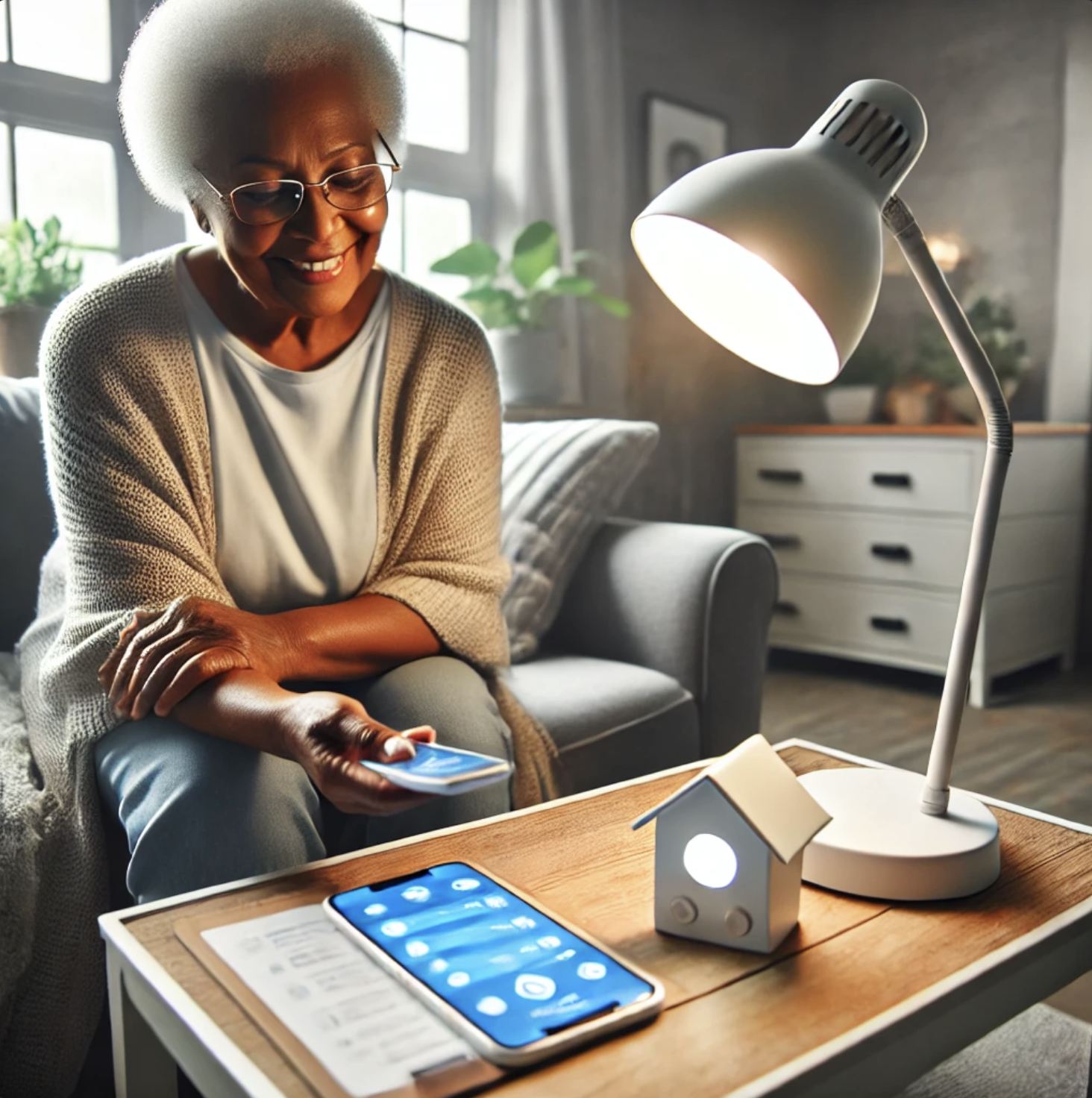How Smart Home Technology is Making Aging in Place Safer
Aging in place—remaining in one’s own home while growing older—is not just a preference for many seniors; it’s a deeply personal goal. It represents comfort, familiarity, and the freedom to maintain one’s lifestyle and independence. However, as mobility, memory, and health needs evolve, safety becomes a growing concern. Fortunately, smart home technology is changing the way we think about aging in place, offering new tools that enhance safety, security, and peace of mind—for both seniors and their loved ones.
At the heart of this transformation is the ability for technology to provide support without being intrusive. AI-powered solutions now allow families and caregivers to monitor health and daily activities remotely, while giving seniors the freedom and dignity they deserve. Smart home devices address some of the most pressing challenges older adults face, including fall prevention, medication management, emergency access, and isolation.
Falls are a leading cause of injury among older adults, but smart devices are helping reduce this risk. Motion-activated lighting helps seniors move safely through their homes at night, minimizing trip hazards. Fall detection systems, which use sensors to detect sudden movements or lack of activity, can automatically notify caregivers in real time if a fall is detected—ensuring that help arrives quickly. Even everyday tasks like turning on lights or adjusting thermostats are made safer with voice-activated assistants that eliminate the need to reach or bend.
Managing medications and staying on top of health appointments can also become increasingly difficult with age. Smart home technology offers convenient solutions. Automated medication reminders notify seniors when it’s time to take their prescriptions, while smart pill dispensers ensure correct dosages are taken at the right times. In addition, remote health monitoring tools can track vital signs such as blood pressure or oxygen levels and alert caregivers to irregularities—allowing for early intervention and reducing the risk of serious complications.
Security is another major concern, especially for seniors living alone. With smart home systems, seniors can feel more secure in their environments. Video doorbells and security cameras allow them to see who’s at the door without getting up, providing protection against unexpected visitors or scams. Smart locks enable trusted family members or caregivers to access the home remotely during emergencies. And wearable or voice-activated emergency alert systems mean help is always just a button—or a command—away.
Final Thoughts
Beyond physical safety, technology is also helping combat one of the biggest emotional risks of aging: loneliness. Many seniors experience isolation, which can lead to anxiety or depression. Fortunately, today’s technology offers ways to stay connected. Video calling devices make it easy for seniors to chat with loved ones and participate in virtual family gatherings. AI-powered companions and smart displays can provide reminders, light conversation, or even games that encourage cognitive engagement. For caregivers, smart hubs provide peace of mind with the ability to check in remotely, without compromising a senior’s privacy.
At Garrison Care, we take a personalized approach to helping seniors age safely and confidently at home. We offer smart home consultations to assess each client’s specific needs, provide hands-on training to ensure the technology is easy to use, and develop care plans that integrate both personal support and digital tools. Our mission is to empower seniors with solutions that make life easier, safer, and more fulfilling.
Smart home technology isn’t just a convenience—it’s a critical tool for modern caregiving. It enables seniors to live more independently, reduces the risks associated with aging, and strengthens the connection between families and the people they care about most.
Interested in learning more about how smart home technology can support you or a loved one? Reach out to us at info@garrisoncare.com for a personalized consultation.
Do you think smart home technology can truly help seniors maintain their independence, or are there challenges that still need to be addressed? What features would make you or a loved one feel safer while aging in place?
By commenting, you agree to our Comment Moderation Policy.

